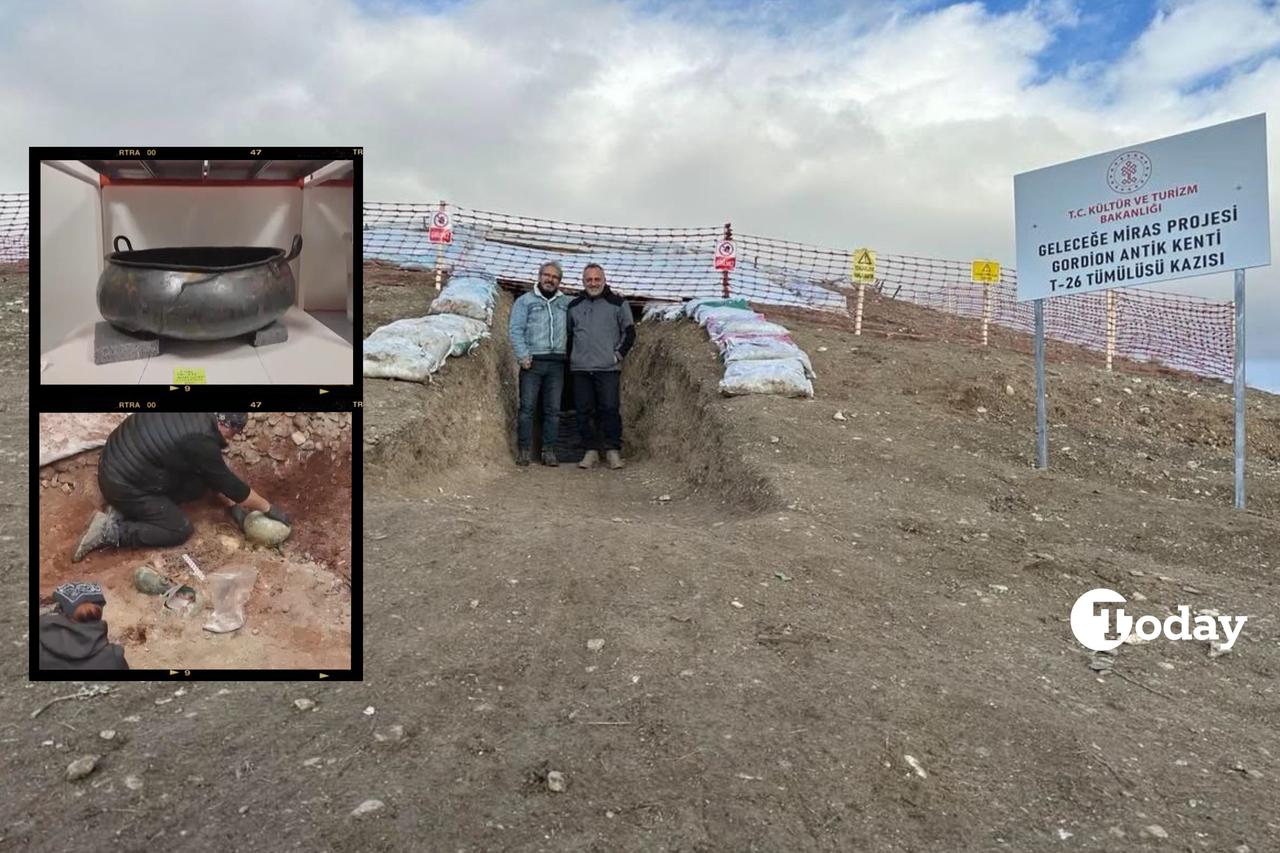
Culture and Tourism Minister Mehmet Nuri Ersoy announced the discovery of a major archaeological structure in the ancient city of Gordion on Wednesday. Speaking at a press briefing at the site, Ersoy confirmed that a wooden burial chamber thought to belong to a member of the Phrygian royal family has been uncovered.
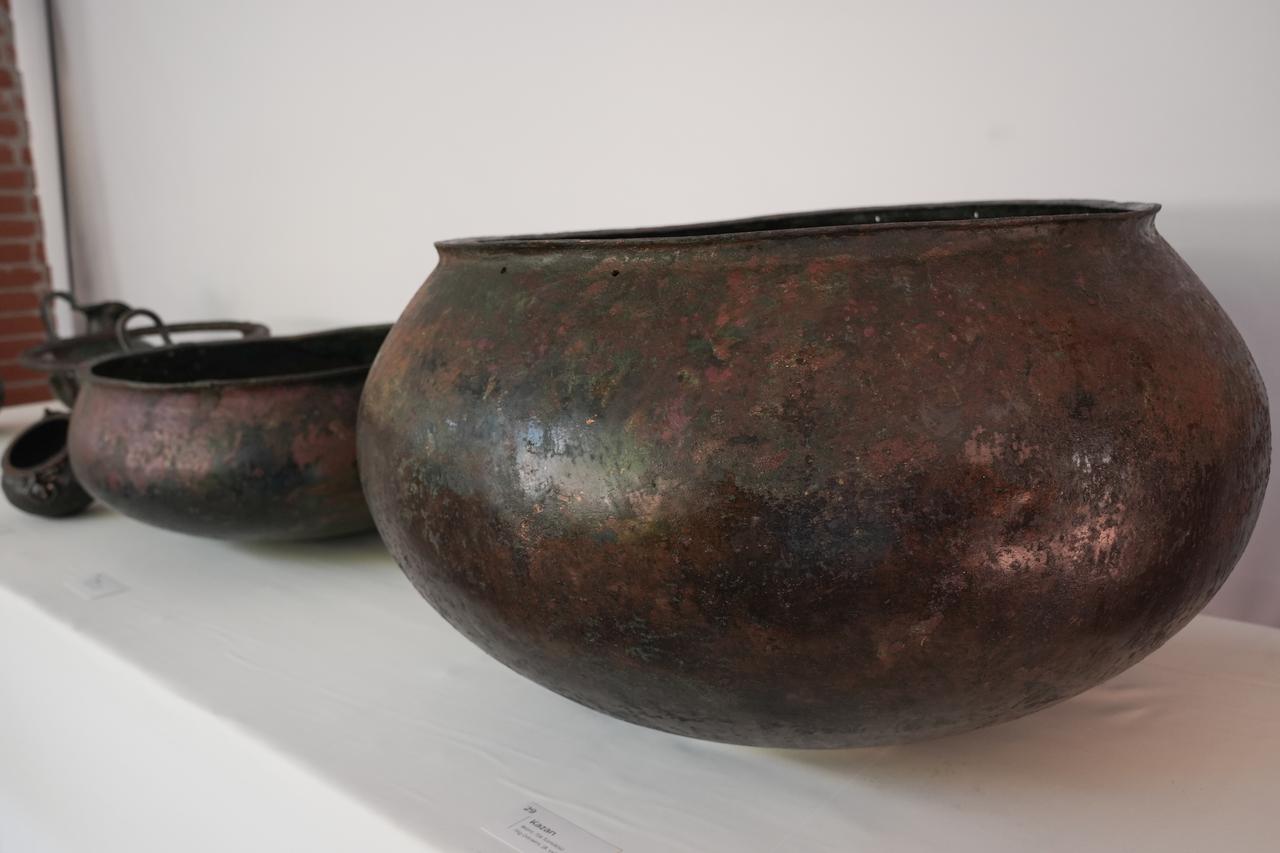
“A wooden-constructed tomb chamber has been brought to light,” the minister said. “A total of 88 metal artifacts were found. Among these, large cauldrons and other items within the tomb, along with bronze vessels hung with iron nails on the north and south walls, have been recovered almost intact. This group of artifacts is the most substantial since the earlier discoveries in the Midas Tumulus.”
Ersoy added: “Based on these finds, we estimate that the individual buried here may have belonged to the royal family associated with Gordios and Midas.”
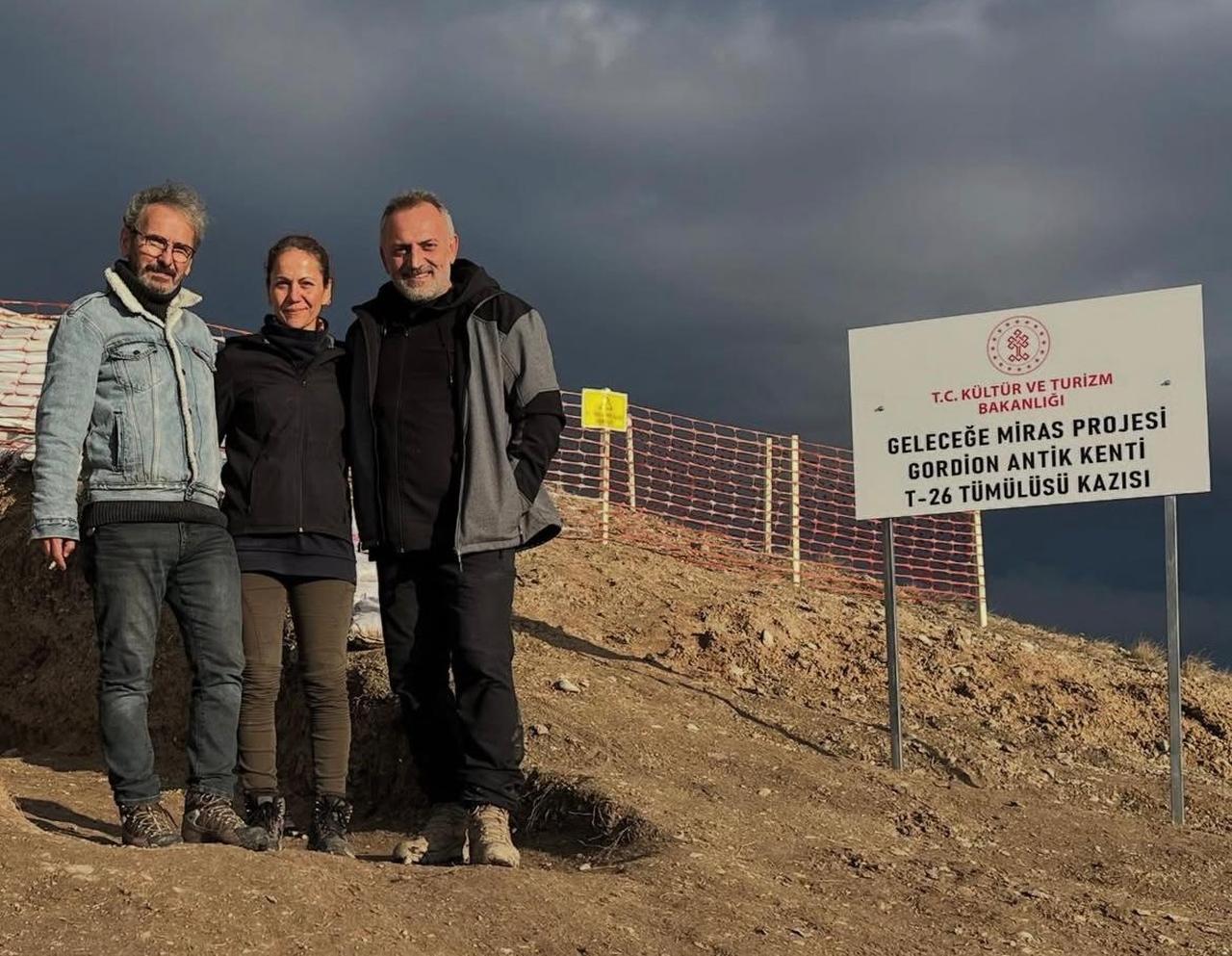
The excavation of Tumulus T26, the 47th tumulus, lasted 121 days and was led by Professor Suleyman Yucel Senyurt from the Department of Archaeology at Ankara Haci Bayram Veli University. This significant archaeological project, which is expected to shed light on Phrygian civilization, daily life, and burial traditions of the period, began in September 2024 and concluded in January 2025.
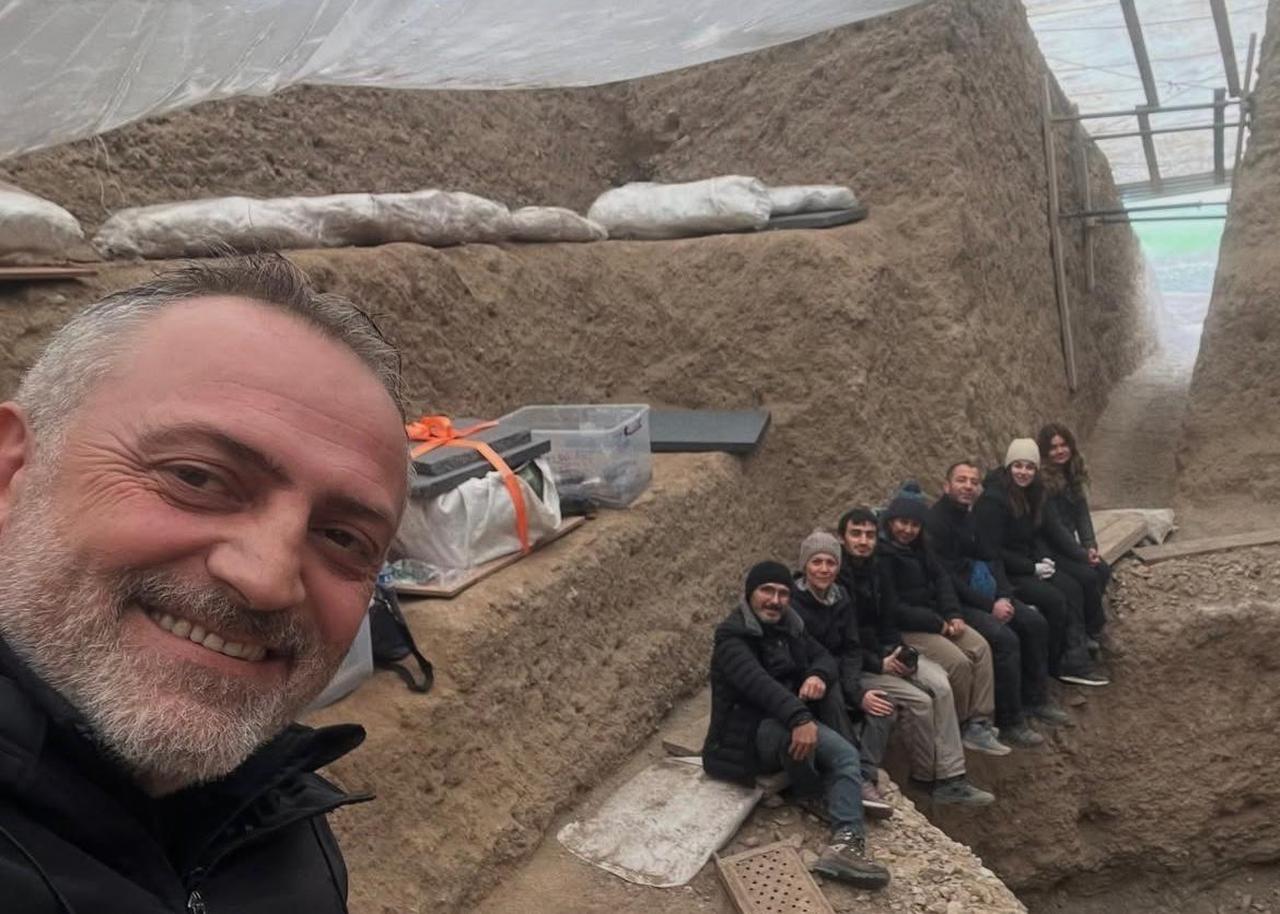
Plans are already underway to exhibit the chamber and its contents in the Gordion by the end of the year. Ersoy stated that restoration and conservation work have been completed for 47 of the discovered artifacts, which were unveiled during the press conference and delivered to the museum. The remaining items will follow once the conservation work is finished.
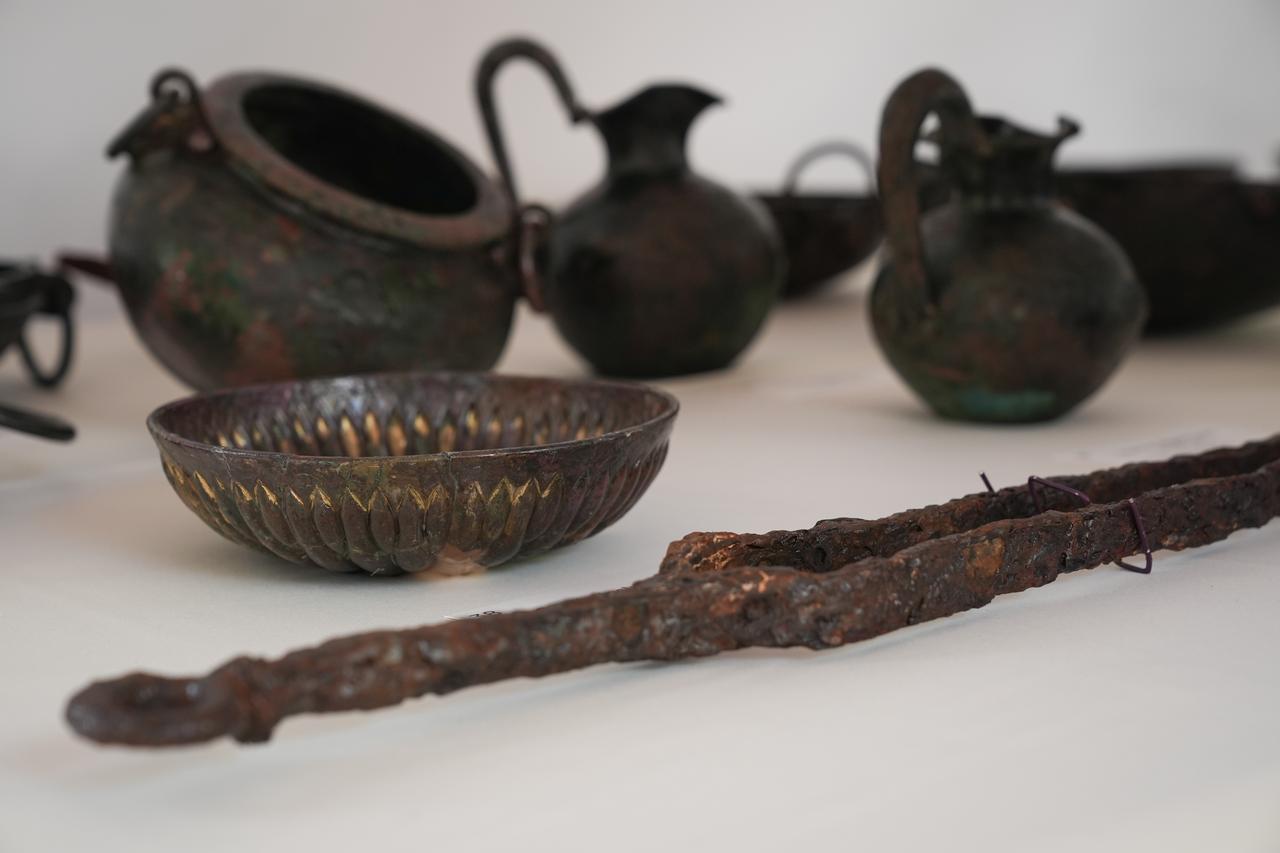
In 2023, Gordion—located in Polatli, Ankara province—was officially inscribed on the UNESCO World Heritage List after over a decade on the Tentative List. The decision was made during a UNESCO World Heritage Committee session in Riyadh, Saudi Arabia, marking Gordion as Türkiye’s 20th cultural heritage site on the prestigious list.
Dating back 4,500 years, Gordion is one of the few archaeological sites in the world where continuous settlement has occurred with minimal interruption since the Early Bronze Age around 2500 BC. Today, settlement continues in nearby Yassihoyuk.
The current excavations are led by Professor Dr. Brian Rose from the University of Pennsylvania Museum of Archaeology and Anthropology. Speaking during the UNESCO meeting, Rose highlighted that Gordion's inclusion on the World Heritage List would enhance protection efforts, facilitate funding, and increase visitor numbers.
“Gordion is a centre where innovations in architecture, economy, and art can be observed. We’ve seen expert-level carpentry here. The world’s oldest wooden building, oldest stone mosaics, best-preserved wooden furniture, and early textile craftsmanship can all be found in Gordion,” said Rose in a previous interview with BBC Turkish.
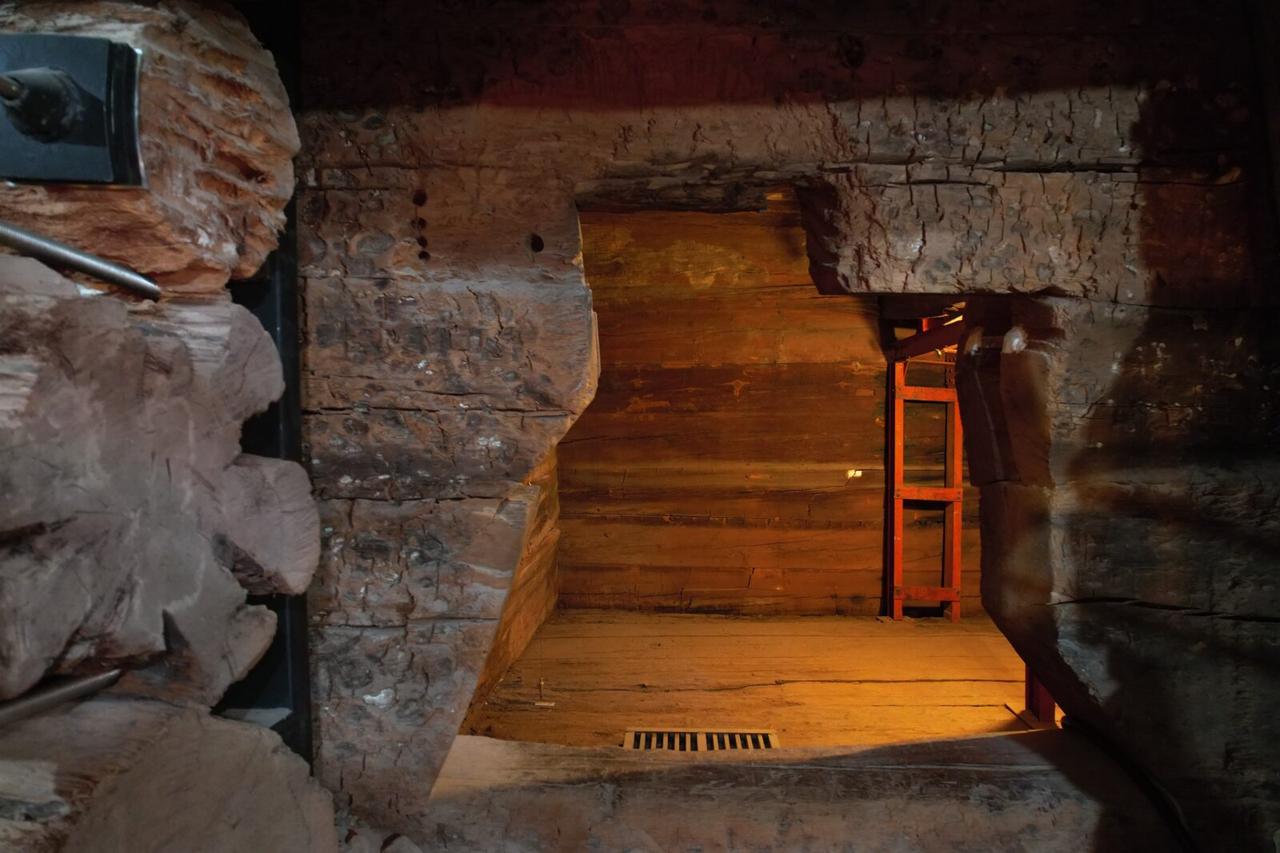
Gordion served as the political and cultural capital of the Phrygians, who are believed to have migrated into Anatolia from Macedonia and Thrace. The city is most famously associated with King Midas, who ruled during the late eighth century B.C.
Midas is remembered both for the myth of the "golden touch"—turning anything he touched into gold—and for the tale of his donkey-like ears. Historical references to Midas can be found in Greek and Assyrian sources. Ancient Greek geographer Strabo claimed that Midas took his own life after the Cimmerians destroyed his kingdom, though no definitive archaeological evidence supports this. Midas’ tomb has yet to be identified.
Professor Rose dismissed the golden touch myth as literal history but offered a possible explanation: “We discovered that aristocrats’ garments of the time were dyed with a pigment called ‘goetite,’ which made the clothes appear golden. Our current theory is that this illusion of gold may have inspired the legend.”
Rose also noted Midas' vast dominion stretched from Greece to Syria, positioning him as a bridge between East and West.

According to the University of Pennsylvania Museum, Gordion’s development in tools, materials, and architecture places it on par with ancient cities like Athens, Rome, Pompeii, Hattusa, and Babylon.
Initial excavations at Gordion began in the early 1900s under German archaeologists Gustav and Alfred Korte. Since the 1950s, work has continued under the supervision of the University of Pennsylvania Museum.
What makes Gordion particularly attractive archaeologically is its location along key Anatolian trade routes, fertile agricultural lands, and access to the Sangarios River, today known as the Sakarya River.
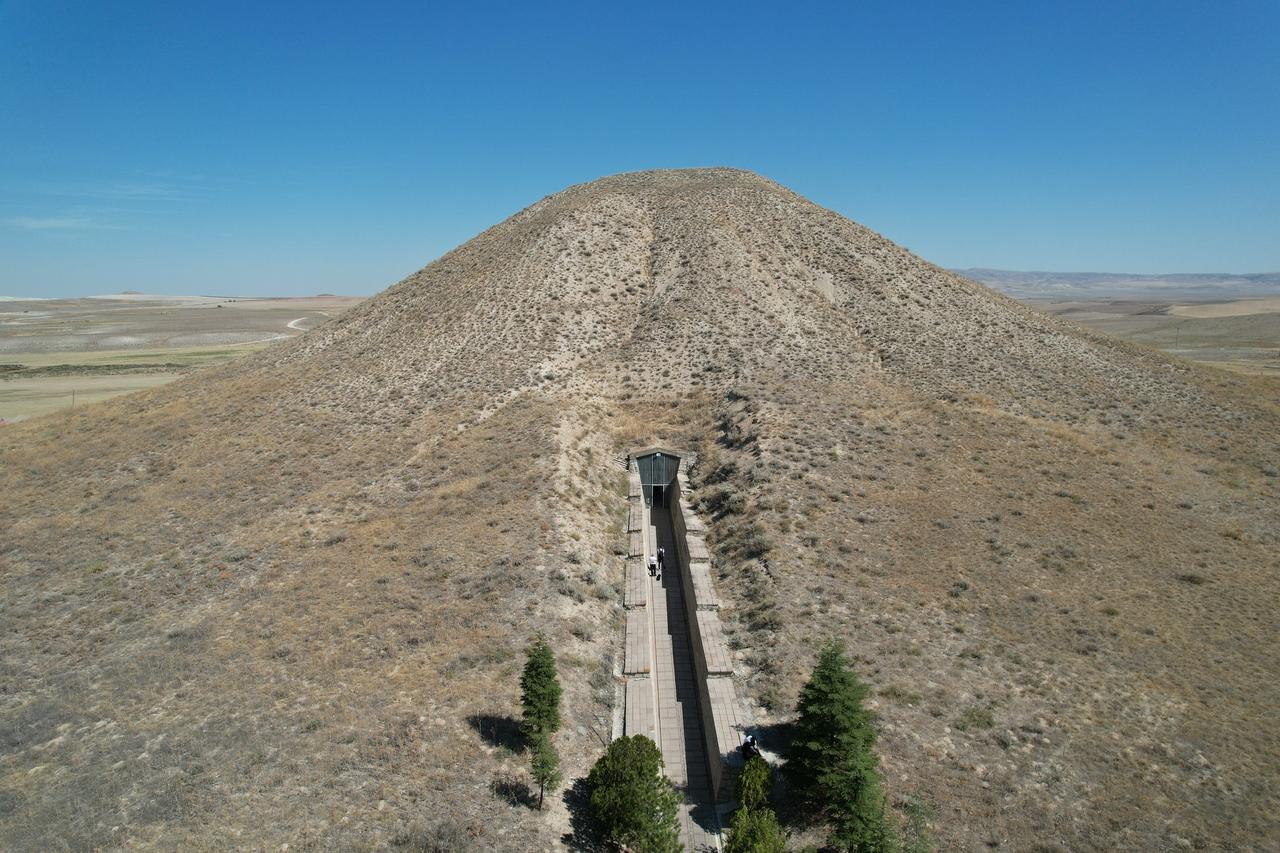
Gordion is surrounded by approximately 85 tumuli—burial mounds believed to contain the graves of important individuals. One of these, standing over 50 metres high, is thought to be the largest in Central Anatolia and is attributed to a king who died around 740 B.C. Archaeological evidence strongly suggests that this may be the tomb of King Gordios, father of Midas and namesake of the city.
In 334 B.C., during his campaign against the Persian Empire, Alexander the Great is believed to have spent the winter in Gordion. This visit gave rise to the famous legend of the Gordian Knot.
According to the tale, a prophecy held that whoever could untie the complex knot on an ox-cart at the Temple of Zeus would rule all of Asia. When Alexander failed to untangle it, he simply sliced it with his sword—giving rise to the saying “cutting the Gordian knot,” meaning to solve a complex problem decisively.
Professor Rose suggests the actual site of this knot may have been within the so-called Mosaic Building in Gordion, where recent excavations uncovered a sphinx made of ivory and gold.